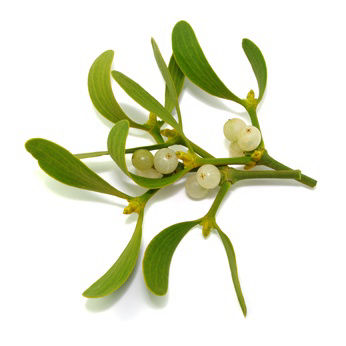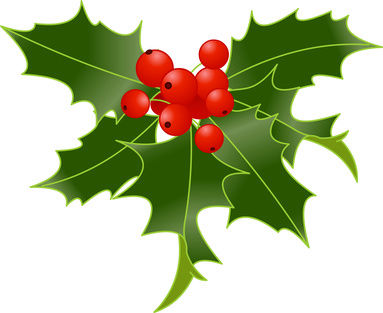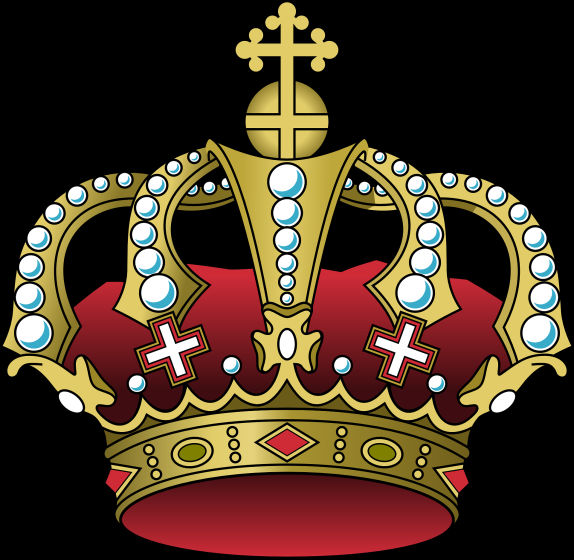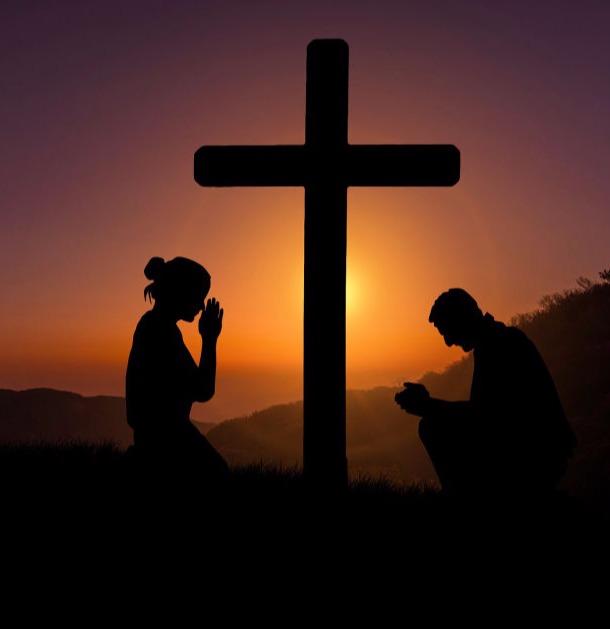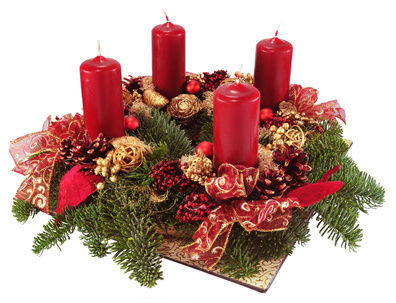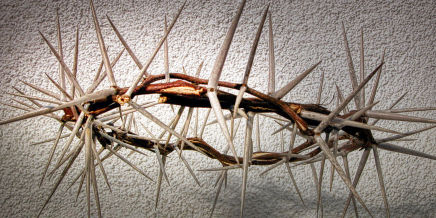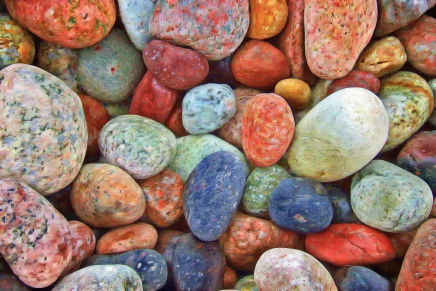While stones have been used down through the ages to kill people (stones killed the first Christian martyr - Stephen), the Bible tells us that Jesus Christ is the chief cornerstone of the temple God is building; a temple made up of living stones which are the people of God ? those who repent of sin and put their personal faith in Jesus Christ to save them from God?s wrath on the day of judgement.
So a stone itself is not evil. It can be used literally or symbolically for good or evil; just like the human hand or the mind.
If something is used for evil or to represent something evil, godless or false, there appears no reason why it cannot be used for good. Just think of the cross. The empty cross which was originally the sign of death and a curse is a sign of life and blessing through faith in the crucified Christ.
Some Christian traditions (including decorations and symbols) and celebrations were adopted from what was originally a pagan religion. At times, this put the church on a moral slippery slope as it ended up condoning in the pagan practices the Bible speaks against. But does the fact that the church messed up badly in the past mean that it should never use any symbols that have a pagan origin, for Christian use?
In answering that question, we invite you to think about this.? before we (Christians) were adopted into God?s family, we were once pagan ourselves?. Now we want to serve God! Can God not use us for good because we were once pagan? Of course he can! That?s what salvation is all about!!!
So if a Christian wants to use mistletoe or anything in creation to help them remember the birth of Christ, there is no law forbidding it. But there is a law that forbids giving the wrong kind of importance to that symbol or tradition. That law is a command not to worship idols or graven images or anything created. One might also ask, ?Is there not something original Christians can come up with as a symbol without having to resort to converting an object that has been given pagan significance in the past!? The answer is yes, there is a lot to choose from as this video below shows.
